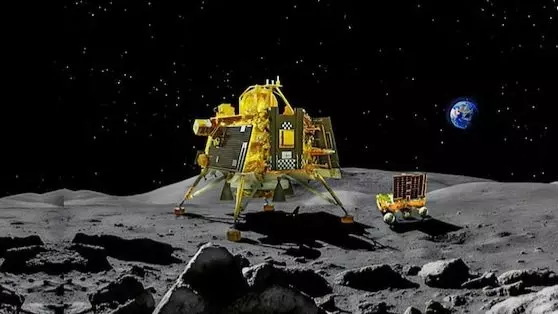
From Mars to Venus, here are the missions on ISRO radar for 2024
Beyond uncrewed missions, ISRO’s Gaganyaan Programme is progressing with test flights; this special mission is aimed at sending 3 Indian astronauts into space

In the upcoming two years, the Indian Space Research Organisation (ISRO) is readying for an impressive array of space missions focusing on exploration, communication, and innovation.
Among these missions is the highly anticipated NASA-ISRO Synthetic Aperture Radar (NISAR), which is set for launch in 2024. NISAR, the first dual-band radar imaging satellite, reiterates the importance of international cooperation in space exploration (it is a joint Indo-US effort), and will provide critical Earth observation data.
Apart from NISAR, ISRO has ambitious projects lined up. INSAT-3DS, part of the Indian National Satellite System series, will play a pivotal role in meteorology and disaster management. It will monitor and expand our understanding of weather systems, facilitate disaster management, and improve crucial meteorological forecasts.
The Mars Orbiter Mission 2 (MOM 2) or Mangalyaan-2 is a proposed follow-up mission by ISRO with a view to study Mars' surface, atmosphere, and climate conditions.
The orbiter spacecraft for MOM 2 will carry scientific instruments, such as a hyperspectral camera to analyse Mars' surface composition. Additionally, it will also carry a magnetometer to examine the planet's magnetic field and a radar for mapping Mars' surface.
RISAT-1B and Resourcesat-3 will strengthen India's remote sensing capabilities, while TDS01 and SPADEX will further drive technological advancements for lunar missions.
Oceansat-3A will contribute to oceanography and atmospheric studies, while the Indian Data Relay Satellite System (IDRSS) will be launched to establish real-time communication links with scientific satellites. GSAT-20 will improve telecommunication services, and NVS-02 will enhance navigation systems.
Beyond uncrewed missions, ISRO’s Gaganyaan Programme is progressing with test flights. This special mission is aimed at sending three Indian astronauts into space. Gagayaan-1 will be an uncrewed test flight and is set to be launched in 2024. The mission will carry ISRO’s humanoid robot Vyommitra which will conduct experiments in space.
Additionally, the Reusable Launch Vehicle (RLV) project is being readied to demonstrate cost-effective space access technologies. The RLV represents the initial phase in materialising a Two Stage To Orbit (TSTO) reusable launch vehicle, wherein the second stage involves a spaceplane.
The X-ray Polarimeter Satellite is slated for launch into orbit in early 2024, aiming to analyse cosmic x-ray polarization for at least five years. It will focus on observing pulsars, black hole x-ray binaries, active galactic nuclei, and non-thermal supernova remnants.
In addition to these missions, ISRO is also gearing up for the Venus Orbiter Mission, intending to deploy a spacecraft to orbit Venus in 2025. This mission will be India's inaugural attempt to study the planet's atmosphere over a five-year orbit period.

